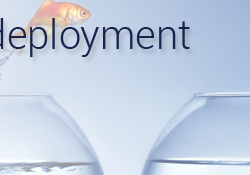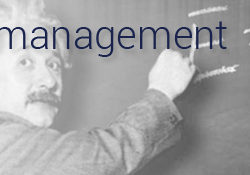Political collaboration
What is it? When the power structures of an organisation act so as to facilitate, promote, and endorse change the impact is unstoppable. When key stakeholders form an alliance with a common vision of the future projects succeed, technical issues dissolve and benefits materialise with surprising ease.
What it is not? It’s not salesmanship, nor is it jollying people along by sending out occasional emails, or convening project board meetings to discuss project progress. Political collaboration is not Machiavellian manoeuvring for position or being diplomatic, it is partnering for mutual gain.
What’s different afterwards? Commitment to the delivery of value from the project, commitment to providing resources, and the political will to make the changes a reality. Practices are embedded with key opinion-leaders supporting the shift in values and culture that underpin every sustained change.










